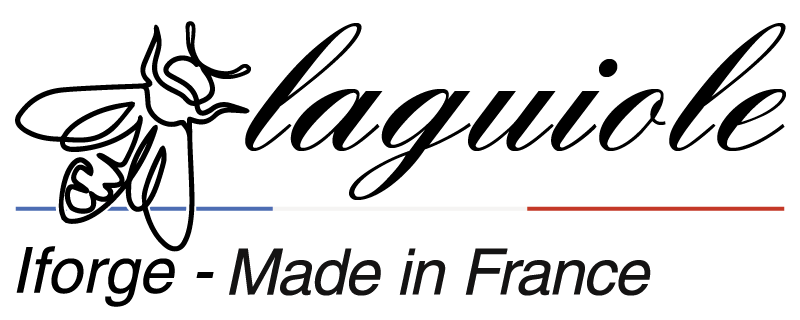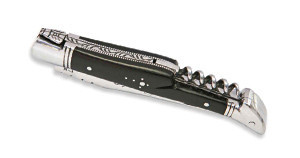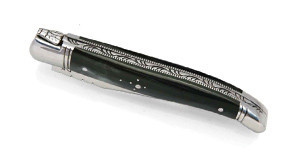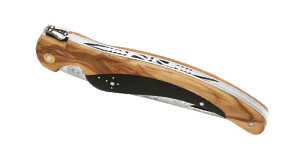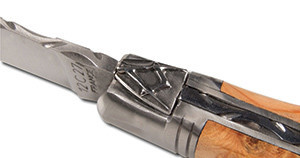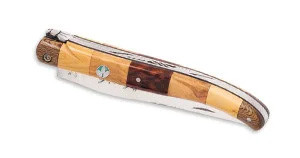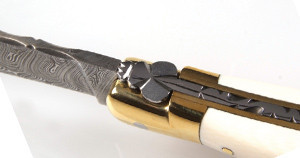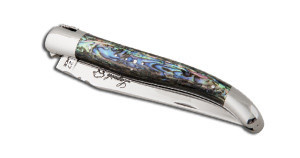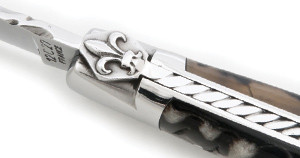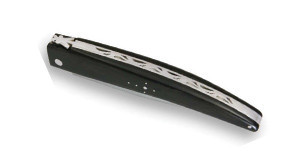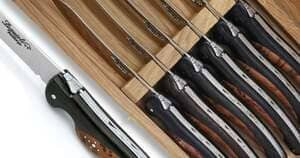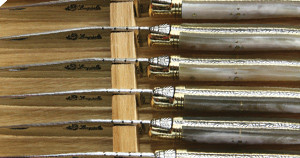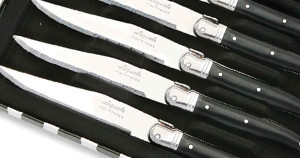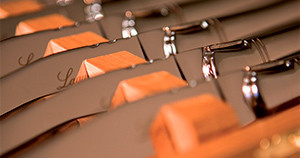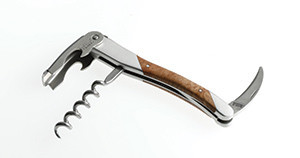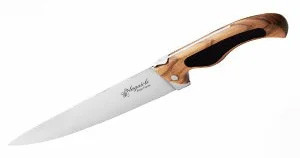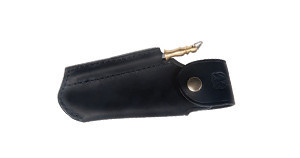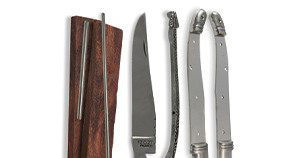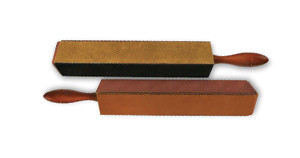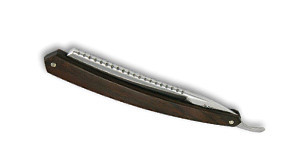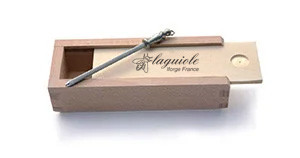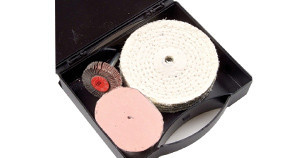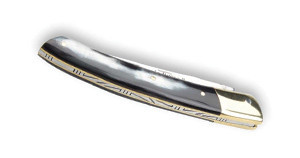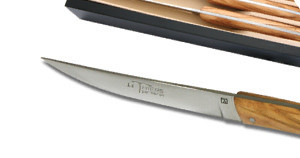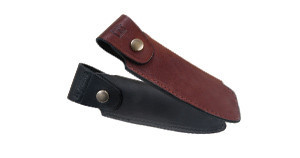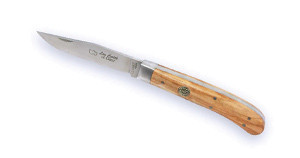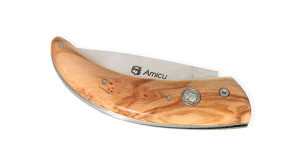laguiole knife detaills
The Club collects information from all amateurs of knife-makingIf you want to speak about something important for you, don't hesitate contact us.
.png)
Knife composition

It's said that "the devil is in the detail", but at Iforge, we believe that detail reveals style! Our Thiers knifemakers excel at leaving no stone unturned in the finishing of our blades and the details of our ornaments.
Choosing the right knife for your needs is also the expertise of laguiole's blacksmiths. Let yourself be tempted by a knife with or without a corkscrew, with a simple or elaborate guilloche pattern, with a welded bee or not... You decide how you want your laguiole knife to be decorated, and we can't offer you anything better than to do as you please!
Find out in this Club laguiole article the details and specifics of each of the ornamental elements that make up your knife. Providing you with advice and detailed information is the leitmotiv of our members who are passionate about cutlery in all its forms.
.jpg)
The spring :
Essential part, the spring is cut out of steel.The quality of the spring and the way it is fitted determine a knife’s lifespan. The spring also contributes to making our knives famous since it is where the famous bee stands.
Speaking of bees, this end of the spring is actually called the fly – hence the frequent mistakes and squabbling. The part where the bee is added is called a fly, end of the debate – hopefully this should put an end to many feuds (or not)!
Most springs are artistically decorated : this is called guilloching.
The bee :
According to the legend, the origins of the bee on the handle of the laguiole knife – the very bee which most people mistakenly think denotes an authentic laguiole - date back to Napoleonian times. It is said that the bee, an imperial emblem, was then ‘granted’ to the people of laguiole who had served under Napoleon’s orders during his campaigns, as a token of thanks for their bravery. Touching story, but altogether inaccurate, sadly.
The bee was created by Jules Calmels, a famous cutlery-maker from laguiole. He chose to decorate his flies with a bee rather than a flower, the most common ornament of the time. Still quite close to pastoral life, since the bee is a key element of pollination and the renewal of crops. The symbol moved from a celebration of the earth to a celebration of crops – both subjects dear to the Aubrac shepherds’ hearts!
In traditional manufacturing processes, the bee is forged into the spring, and is an integral part of the spring.
In industrial manufacturing processes, the bee is added, in other words, soldered onto the spring.
A forged bee is préférable to a soldered one, since it is of a piece with the spring, the cornerstone of the solidity of the handle, and therefore the knife as a whole. This detail allows you to gauge the reliability and quality (or lack thereof) of a so-called laguiole knife.
Did you know ? Bees aren’t the only decorations found on laguiole handles. You may find flowers (as in the past), geometric shapes, logos, horseshoes, clovers, scallops, fleur-de-lys or even your own insigna (we can indeed customize this part upon request).

Guilloching
Guilloching is a type of decorative pattern consisting in regularly and symetrically intersecting lines on the spring, with more or less stylized original designs. It is on this element of the handle that the genius, patience and skills of laguiole master craftsmen are the most obvious. From simple waves, to an embedded name or a hunting scene : the only limits to what guilloching can beautifully achieve are in the cutlery-maker’s mind and imagination.
Handmade guilloching varies from one item to the next whereas machine guilloching is identical on all knives.

Plates:
Metal support structure on which the caps and handle materials are riveted.
These plates are situated to the right and left of the the spring, the scales support both sides of the handles.
Made of solid brass, they sometimes end with caps.
Their refined appearance generally depends on the skills and creativity of the knifemaker. Industrial liners are usually plain.
Bolsters:
Handle tips which add to the solidity of the knife.
Caps or bolsters are either cold or steam hammered and made of solid brass.
Did you know : Caps weren’t always there. They do not feature on the first laguiole knives. They appeared later with the growing popularity of general public knives and the development of machine tools, which made it easier to produce ornamental parts in larger quantities.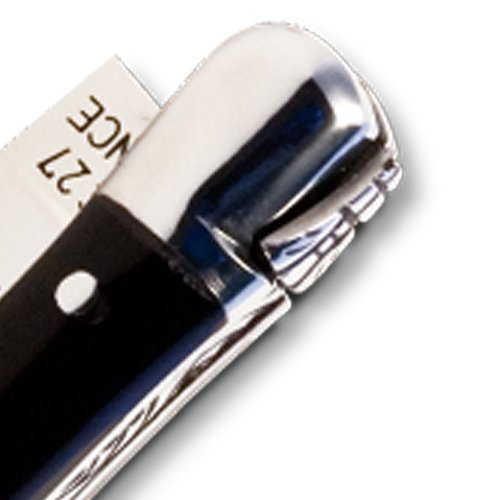
The corkscrew :
Made of steel, the corkscrew is an optional element which is attached to the spring on 2-piece knives. Originally rare, its basic function was made very popular with the general use of corked bottles (as opposed to box-wine) and the number of Auvergne people who became café owners in Paris after the war. Now a very common addition and synonymous with a convivial atmosphere, it also enhances the appearance of knives.

